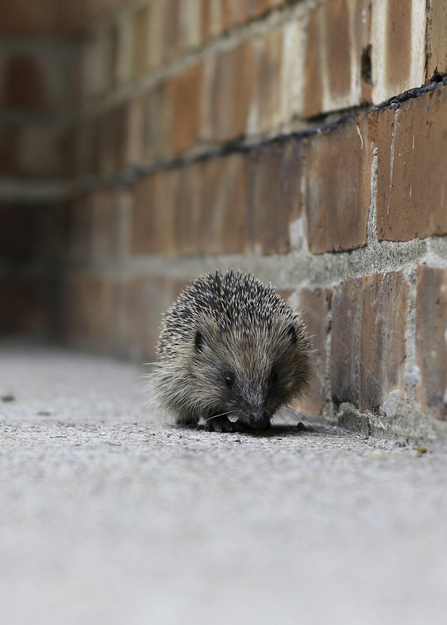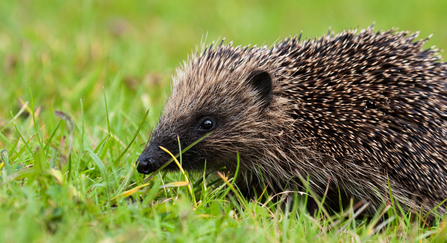There are now less than a million wild hedgehogs left in the UK – a 50 per cent decline in the last two decades alone. Unfortunately there is no single answer to why hedgehogs are becoming endangered in the UK. A combination of pressures has gradually pushed them out of the landscape they once knew as home.
A disconnected landscape
Hedgehogs may have a reputation for being slow and shuffling, but this couldn’t be further from the truth. Radio tracking studies have revealed that their home ranges vary between 10 – 20 hectares in size, with hogs roaming an average distance of two kilometres in a single night. In the breeding season, determined male hedgehogs cover up to three kilometres each night.
Herein lies the problem – you can’t feed and breed properly when your home shrinks year-on-year; reducing your food supply and restricting your gene pool. The less room hedgehogs have to roam, the harder it is for them to survive, and the modern world is dissecting our natural environment at a rate of knots.






